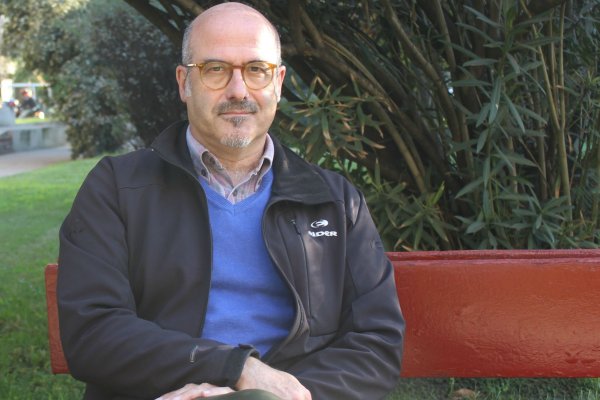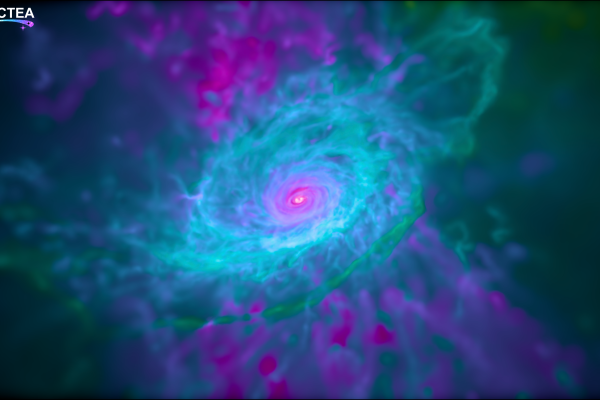An international team of theoretical researchers that counts with the participation of Dr. Luca Tagliacozzo from the Institute of Cosmos Sciences of the University of Barcelona (ICCUB) provides a thorough overview of quantum physics and its introduction to particle and nuclear physics.
In these last decades there has been an amazing progress focused in isolating and manipulating individual quantum systems, and studying in-depth quantum many-body phenomena to accomplish outstanding results and achievements in the field.
Constituted as one of the pillars of quantum technologies, quantum simulators are considered a specific branch of quantum computing. While quantum computing deals with more generalized computing processing problems, quantum simulators tend to tackle specific problems to find specific solutions.
Now, quantum simulators offer the possibility to gather information about many-body systems in condensed matter physics and even high energy physics and also to learn about complex quantum systems, which are either not accessible to experiments or cannot be approached using standard analytical or numerical approaches. In order to study those systems, these simulators use superconducting circuits, ultracold atoms, trapped ions, Rydberg atoms and photonic systems, among others, to mimic these systems in order to understand and be able to describe and model them.
In a recent review paper published in Philosophical Transactions A, a team of researchers including Luca Tagliacozzo from the Institute of Cosmos Sciences (ICCUB) and also several members from ICFO, Ludwig Maximilians University, Universidad Complutense de Madrid, Jagiellonian University, Adam Mickiewicz University, Swansea University, Universität Heidelberg, Johannes Gutenberg-Universität, Vilnius University, Capital Normal University, Forschungszentrum Jülich, University of Cologne, UAM/CSIC, SISSA, University of Innsbruck, IQOQI and the Hebrew University of Jerusalem, has come together to provide an overview on quantum simulations of lattice gauge theory to help enrich the understanding of quantum many-body physics in general and delve into the world of particle and nuclear physics in particular, show what is the state-of-art in these fields, and what are the future perspectives for applications in the field.
More importantly, the researchers bring into this review a novel approach to the lattice field theories by taking the most commonly used theoretical models in gauge theory, and replacing its fermionic matter (electrons, protons, neutrons, etc), with bosonic matter (photons, mesons, etc) since theorists have come to see that these latter elements are more accessible and easier to manipulate for experimentalists.
In the paper, they point out recent achievements in physics by reviewing the bosonic model of Schwinger and how ultra-cold atoms can be used to explore interesting strongly correlated phenomena related to condensed matter and high-energy physics. They also focus on the advances that have occurred lately in the field of quantum simulators and the different platforms used in table top experiments, such as trapped ions, ultracold atoms or superconducting qubits, to allow the study of isolated many-particle dynamics in real time as well as being able to measure higher-order correlations and entanglement.
As ICREA Prof. at ICFO Maciej Lewenstein points out, “By employing atomic systems such as ultracold atoms in optical lattices, an enormous range of paradigmatic models from condensed-matter and high-energy physics are being currently studied using table-top experiments. This is turning Feynman's idea of a quantum simulator into a reality”.
References
Read the full paper at https://royalsocietypublishing.org/doi/10.1098/rsta.2021.0064



